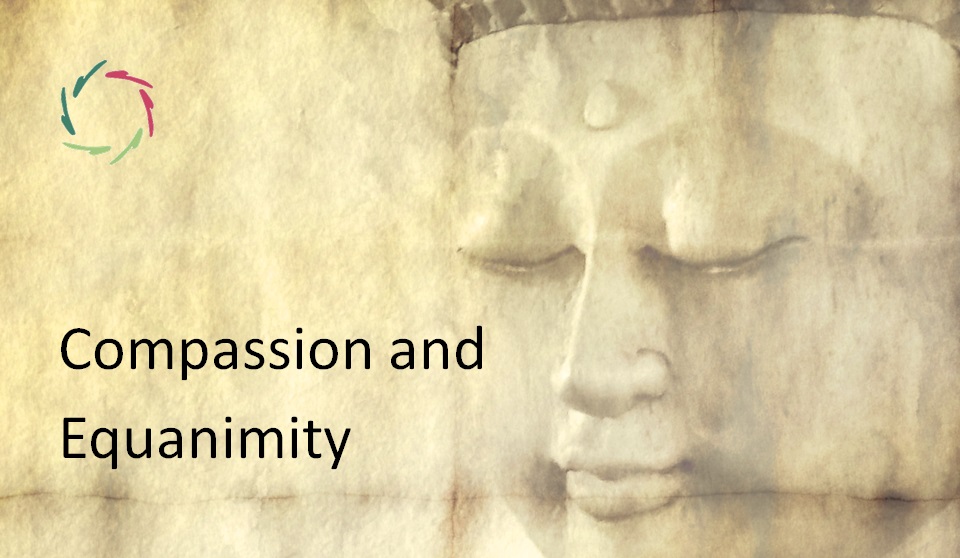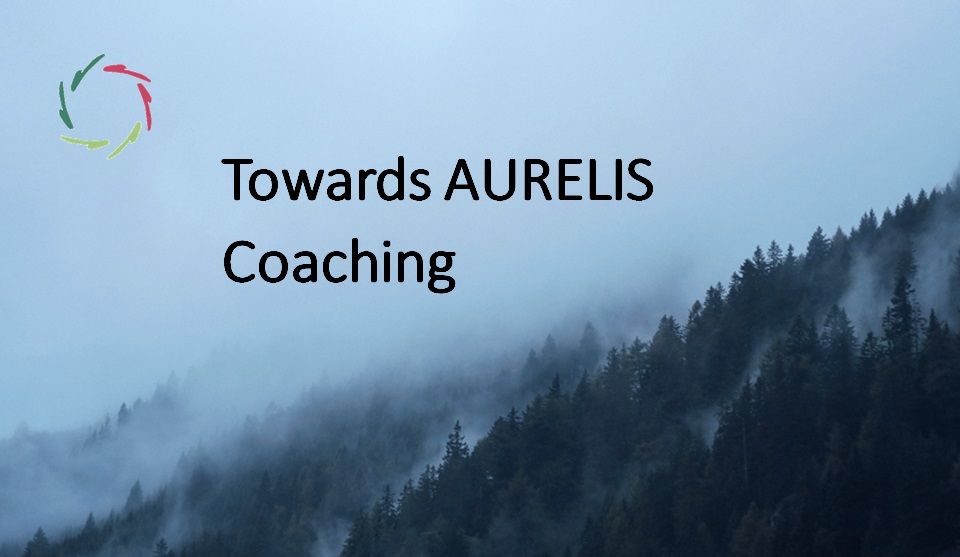Compassion and Equanimity

Compassion and equanimity: two complex concepts that belong together in-depth.
Compassion is a kind of positive empathy.
Not: getting carried away in other people’s feelings, but: having and showing attention for them => feeling those feelings like the waves on a deep ocean and then inviting the others to go deeper with you.
Emotions are contaminating when a deep connection is felt.
For instance, between AURELIS coach and coachee.
This is especially true in compassion. Combine this with a good way of accepting, and you have a potent combination.
acceptingly apathetic ßà acceptingly equanimous
Equanimity = on the background, deep consciousness
“See, now I’m angry.”
is a form of attention, but says nothing about the kind of attention:
- superficial: waves on the surface can become larger (such as anxiety + superficial fixation on the object of anxiety -> anxiety keeps increasing) -> flooding OR letting go of emotions (→ apathy/depression)
- deep flow, real change (such as anxiety + attention to the underlying basis of equanimity) → deep acceptance/growth
Equanimity therefore also includes depth in feelings.
This does not mean bigger waves, but: a large stable current that makes many things possible. This is also a trait of a true leader ->
- bringing stability
- deep motivation, lots of energy
- giving direction
- depth: in which all waves find themselves
- projecting a sense of unity.


